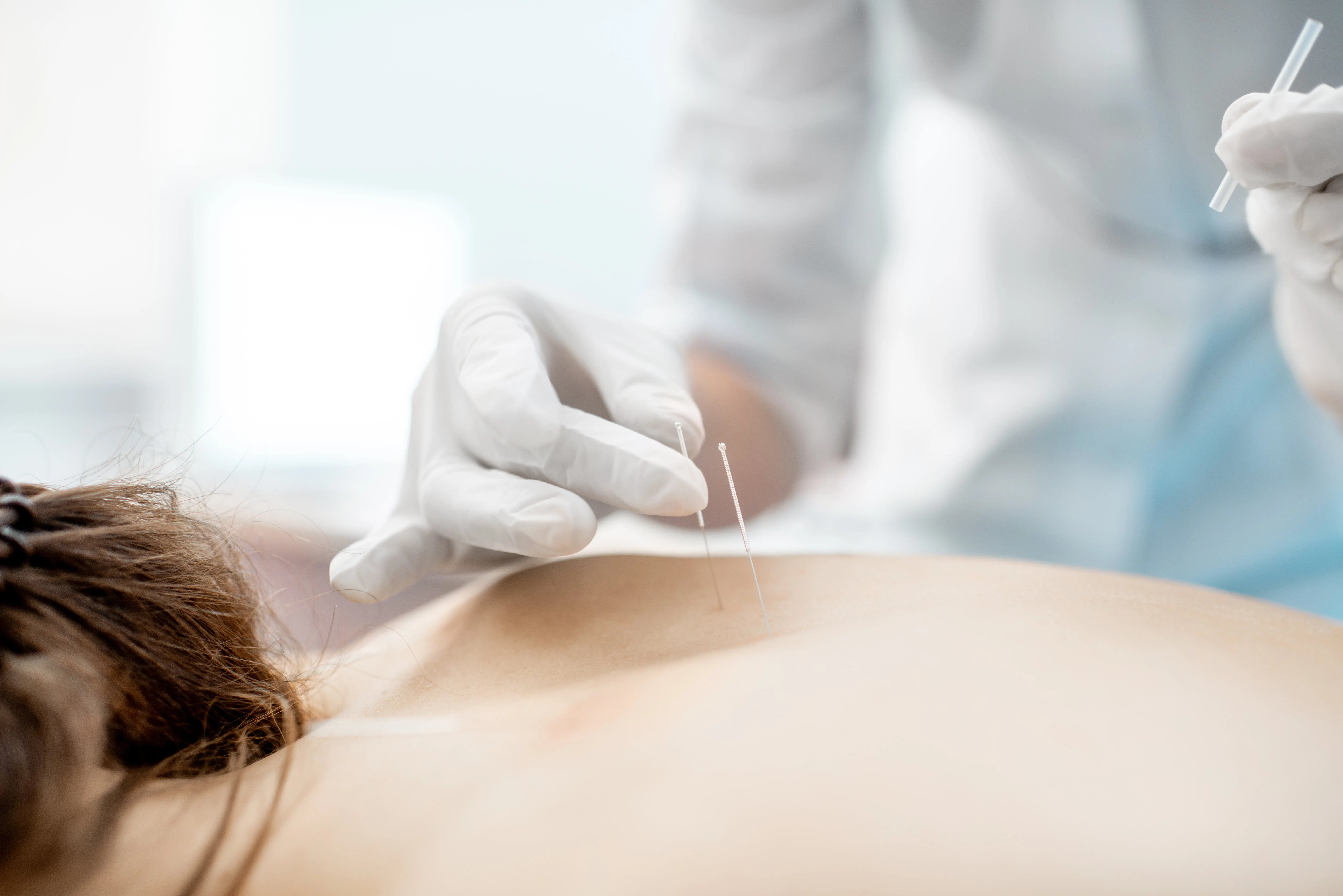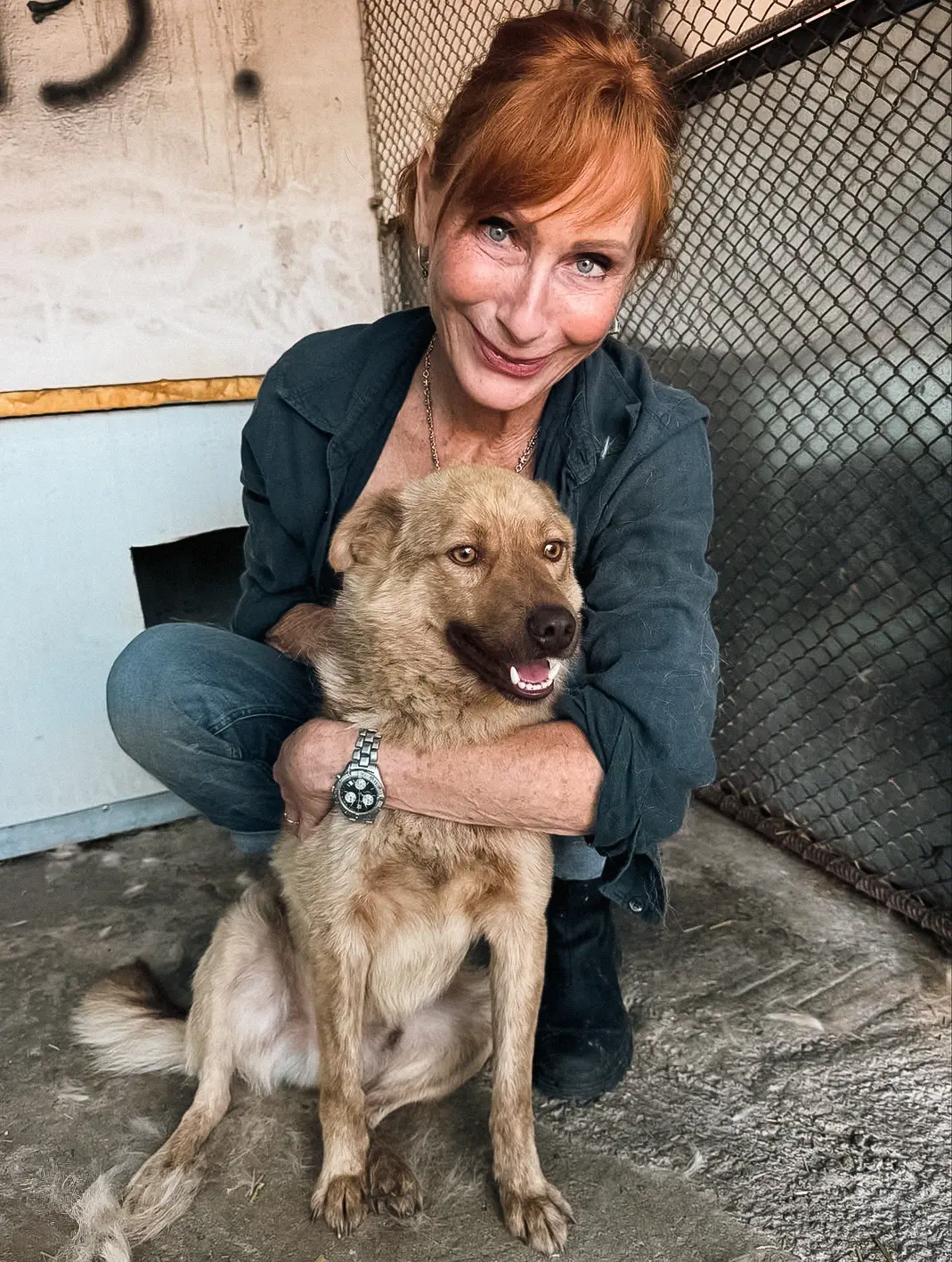Other Treatment Methods
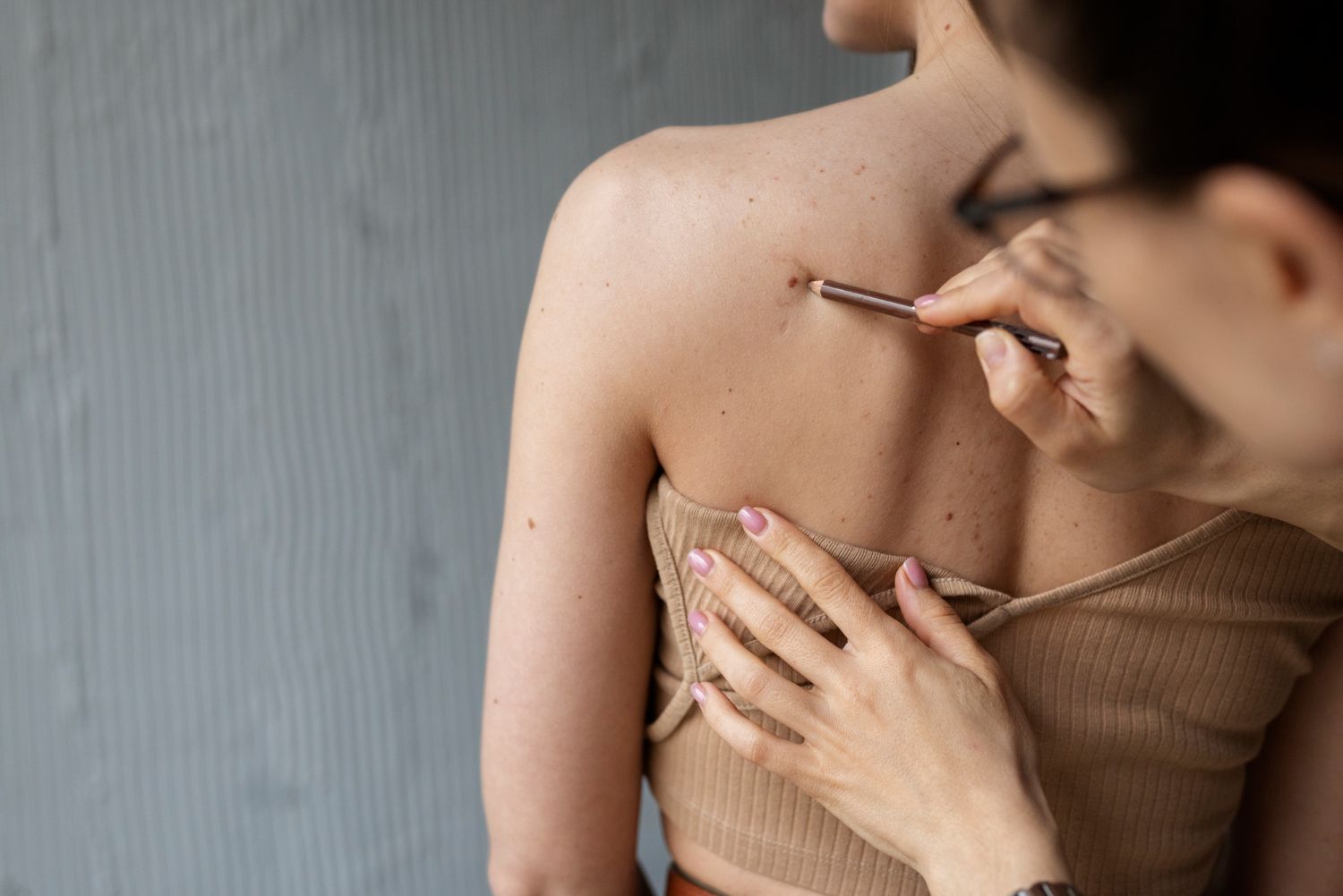
© Freepik
Skin cancer screening
Despite major medical advances in recent years, skin cancer Skin cancer still ranks among the most common tumor diseases in Germany, and unfortunately, the number of cases continues to rise. According to the latest data from the Schleswig-Holstein Cancer Registry, the number of new cases has doubled over the past 10 years to nearly 308,000 annually. This increase affects all areas, both light and dark skin cancer. In addition to a genetic predisposition, UV radiation represents the greatest risk factor for skin cancer.
Goal of skin cancer prevention
Detected early, skin cancer is usually very easily curable. Therefore, regular self-examinations and skin checks by a dermatologist play an important role.
Personal Check-up
According to the so-called ABCDE rule, one can observe moles and detect potential changes. Here, A stands for Asymmetry (a melanoma typically has an irregular shape), B for Border (the edge of a mole is no longer regular). If the mole has changed in color, the C rule (Colour) applies; if the Diameter (D) becomes larger than two millimeters, one should consult a doctor, and if the surface is, for example, rough or scaly, then the Elevation (E) has changed.
Skin cancer prevention at the specialist
The dermatologist can diagnose potential changes using a skin cancer screening. For the early detection of malignant skin tumors (e.g., basal cell carcinoma), the non-invasive examination method of dermatoscopy is usually used. With a special magnifying glass, the dermatoscope, skin changes can be magnified tenfold and even deeper skin layers can be examined. This enables a more accurate diagnosis.
Additionally, computer-assisted check-ups are available to the doctor: As part of regular check-ups, the doctor takes a close-up of suspicious moles and compares them with previous images to recognize suspicious changes in time. Special software analysis programs evaluate these findings. To ensure nothing is overlooked, the doctor examines the skin of the entire body, including the scalp and intimate area.
Treatment
If the specialist discovers a possible pathological skin change, he can take a small skin sample (biopsy) to be examined in the laboratory. Often a suspicion of skin cancer can be ruled out in this way. However, if the suspicion is confirmed, the dermatologist starts a treatment suitable for the individual. If melanoma is suspected, the affected skin change is immediately surgically removed.
Other Treatment Methods in this Department
Experts for this Treatment Method
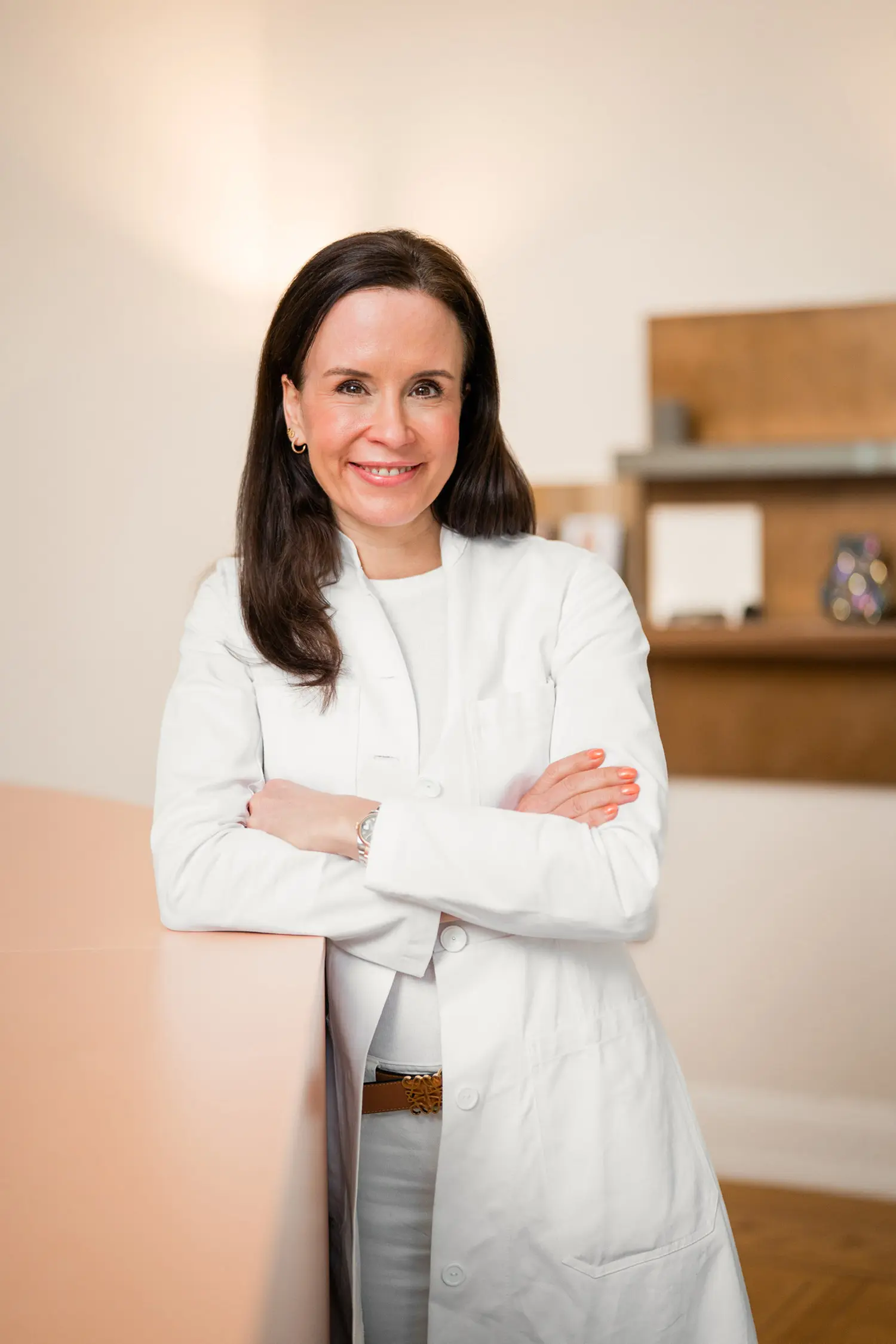
- Aesthetic Surgery & Dermatology
Dr. med. Anna Brandenburg
Dermatologische Privatpraxis Dr. Anna Brandenburg
- Aesthetic Surgery & Dermatology
Dr. med. Hanna M. D. Halter
Derma Marienplatz
- Aesthetic Surgery & Dermatology
Dr. med. Anette Zimpfer-Keese
Dres. Zimpfer/Zimpfer-Keese MVZ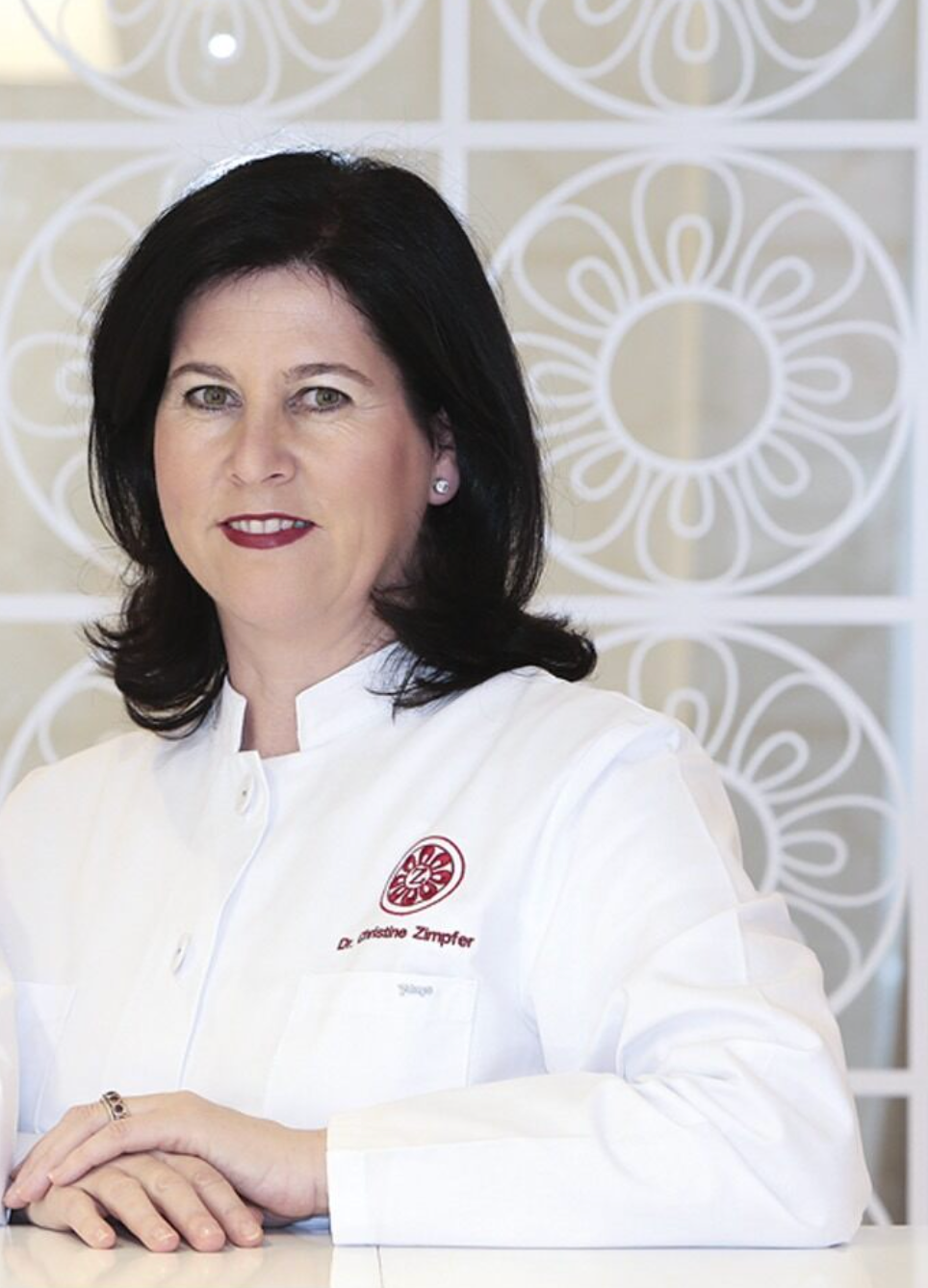
- Aesthetic Surgery & Dermatology
Dr. med. Christine Zimpfer
Dres. Zimpfer/Zimpfer-Keese MVZ
- Aesthetic Surgery & Dermatology
Dr. med. Elisabeth Zott-Schuhmachers
Meine Haut München
- Aesthetic Surgery & Dermatology
Dr. med. Savas Uckunkaya
Praxisklinik im HaubrichforumAll Experts in this Department
Show All
- Aesthetic Surgery & Dermatology
Dr. med. Anna Brandenburg
Dermatologische Privatpraxis Dr. Anna Brandenburg
- Aesthetic Surgery & Dermatology
Prof. Dr. med. Johannes a. Veit
Nasenchirurgie München
- Aesthetic Surgery & Dermatology
Dr. med. Hanna M. D. Halter
Derma Marienplatz
- Aesthetic Surgery & Dermatology
Dr. med. Anette Zimpfer-Keese
Dres. Zimpfer/Zimpfer-Keese MVZ
- Aesthetic Surgery & Dermatology
Dr. med. Daniel Thome
aesthetic and soul
- Aesthetic Surgery & Dermatology




